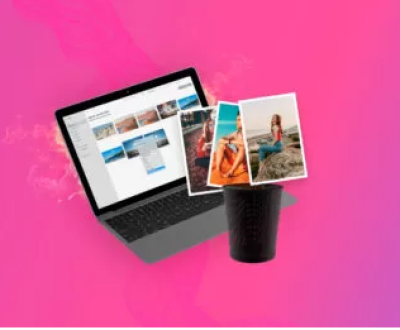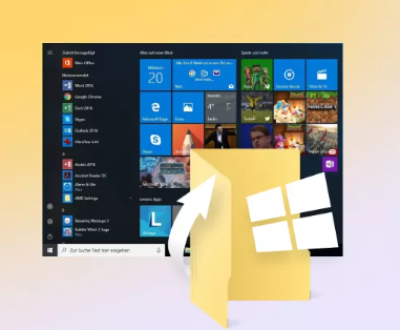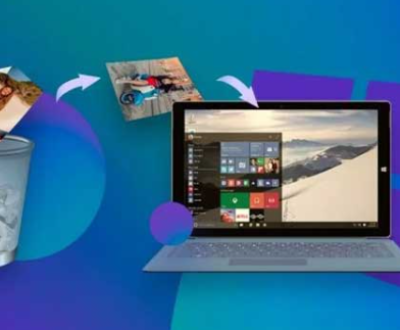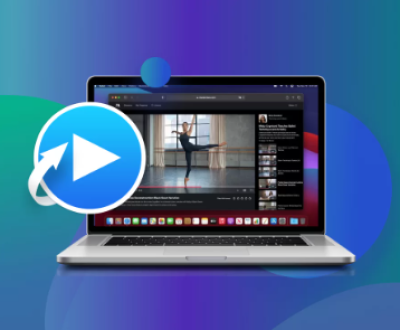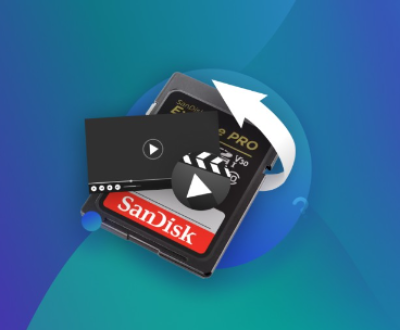Formatting a USB drive to the FAT32 file system is a common task for users looking to ensure compatibility with older devices or specific systems that require this format. While modern operating systems, including Windows 11. support a variety of file systems such as NTFS, exFAT, and FAT32. FAT32 remains one of the most universally accepted formats. This is especially true for devices such as gaming consoles, cameras, older operating systems, and embedded systems, all of which might have limitations with file system compatibility.
FAT32 (File Allocation Table 32) was introduced in the mid-1990s as a successor to the earlier FAT16. providing support for larger disk sizes and more efficient storage management. Despite its age, FAT32 remains widely used for its simplicity and broad compatibility, particularly when working with devices or systems that don’t support more modern file systems like exFAT or NTFS.
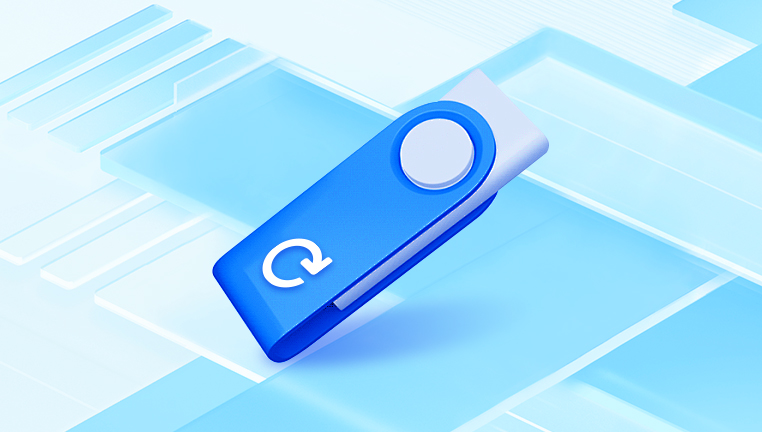
Why Format a USB Drive to FAT32?
Before diving into the specifics of how to format a USB drive to FAT32. let’s briefly explore why you might want to choose this particular file system over others:
1. Compatibility with Older Devices
FAT32 is supported by a wide range of devices, including older gaming consoles, cameras, MP3 players, and even some car stereo systems. Many of these devices cannot read or write to newer file systems like NTFS or exFAT. Therefore, if you plan to use your USB drive with such devices, FAT32 is often the best choice.
2. Compatibility with Older Operating Systems
If you need to use your USB drive on older computers running systems such as Windows XP, macOS 9. or Linux distributions from years past, FAT32 offers the broadest compatibility. Many of these systems cannot read NTFS or exFAT, and FAT32 ensures seamless data exchange between devices.
3. Simplicity and Speed
FAT32 is a simple file system with low overhead. For basic use cases such as transferring small files between devices, it can be faster and more efficient than more complex file systems like NTFS.
4. Size Limitations
One of the key advantages of FAT32 is its ability to support devices and systems with limited storage. However, it is important to note that FAT32 has a maximum file size of 4GB. This means you cannot store individual files larger than 4GB, which might not be suitable for larger media files like high-definition movies or system backups.
Limitations of FAT32
While FAT32 is widely compatible, it has several limitations that users should consider:
1. Maximum File Size of 4GB
As mentioned, the most significant limitation of FAT32 is its inability to support files larger than 4GB. If you need to store large files, such as high-resolution video files or large application setups, FAT32 may not be ideal. For these purposes, exFAT or NTFS would be better alternatives.
2. Maximum Volume Size of 2TB
FAT32 is limited to a maximum volume size of 2TB. If you are working with larger drives (such as external hard drives or SSDs), you will encounter problems when trying to format them with FAT32. For larger volumes, you’ll need to look into NTFS or exFAT.
3. Fragmentation
FAT32 can become fragmented over time, particularly with heavy use. This can result in slower read and write speeds as the drive becomes cluttered with scattered files. Regular maintenance is needed to defragment FAT32 drives, though the newer file systems (such as NTFS) generally handle fragmentation more efficiently.
Methods to Format USB to FAT32 in Windows 11
There are several ways to format a USB drive to FAT32 in Windows 11. Below are both simple and advanced methods, along with tools that can help.
Method 1: Format via Windows File Explorer (For Drives <= 32GB)
Windows 11 allows you to format a USB drive to FAT32 using the built-in File Explorer interface, but this method is only available for drives that are 32GB or smaller. If your drive is larger, you will need to use another method.
Steps:
Insert the USB Drive into your computer’s USB port.
Open File Explorer (Press Windows + E).
In the left pane, right-click the USB drive under “This PC” or “Devices and drives.”
Select Format from the context menu.
In the Format window, under the File System dropdown, choose FAT32.
Choose the Quick Format option (if you want to perform a faster format).
Click Start, and then confirm by clicking OK in the warning prompt.
Wait for the process to complete.
Limitations: This method only works for drives up to 32GB. For larger USB drives, this option will not be available, and you will need to use other tools or command-line methods.
Method 2: Using Command Prompt (For Drives > 32GB)
If your USB drive is larger than 32GB, you can use the built-in Command Prompt tool to format it to FAT32. Windows does not allow you to format larger drives to FAT32 via File Explorer, but the command-line utility can handle it.
Steps:
Insert the USB Drive into your PC.
Press Windows + X and select Windows Terminal (Admin) or Command Prompt (Admin).
In the terminal window, type diskpart and press Enter. This will launch the Disk Partition tool.
Type list disk and press Enter to display all connected drives.
Identify your USB drive by its size (e.g., Disk 1. Disk 2. etc.). Ensure you select the correct disk.
Type select disk X, replacing X with your USB drive’s disk number, and press Enter.
Type clean and press Enter to remove any partitions on the USB drive.
Type create partition primary and press Enter.
Type select partition 1 and press Enter.
Type format fs=fat32 quick and press Enter to format the drive as FAT32.
Once the format is complete, type assign and press Enter to assign a drive letter to the USB drive.
Type exit and press Enter to close Diskpart.
Your USB drive is now formatted to FAT32 and should be ready for use.
Note: Be cautious while using the Diskpart tool. Selecting the wrong disk or partition can result in data loss.
Method 3: Using Third-Party Software
Panda Assistant is a versatile data recovery software designed to help users retrieve lost, deleted, or corrupted files from various types of storage devices, including hard drives, USB drives, SD cards, and more. With its user-friendly interface, Panda Assistant simplifies the process of recovering important files, even in complex data loss scenarios, such as accidental deletion, formatting, or corruption.
One of the standout features of Panda Assistant is its deep scan functionality, which thoroughly analyzes the storage medium to recover even the most inaccessible files. The software supports a wide range of file formats, including photos, videos, documents, and audio files, making it suitable for both personal and professional use. Additionally, it can recover data from a variety of file systems, such as FAT32. NTFS, exFAT, and more, ensuring broad compatibility across different devices.
Method 4: Using PowerShell (Advanced)
PowerShell is a more advanced option that can also help format a USB drive to FAT32. This method is suitable for users who are familiar with command-line interfaces and want an alternative to Command Prompt.
Steps:
Insert the USB drive into your PC.
Press Windows + X and select Windows Terminal (Admin).
In the terminal window, type Get-Disk and press Enter to list all connected disks.
Identify your USB drive by its size and note its disk number.
Type Clear-Disk -Number X (replacing X with your disk number) and press Enter.
Type New-Partition -DiskNumber X -UseMaximumSize -IsPrimary to create a new partition on the USB drive.
Type Format-Volume -DriveLetter X -FileSystem FAT32 and press Enter to format the drive to FAT32.
Troubleshooting
Despite following the above steps, you may encounter some common issues when formatting a USB drive to FAT32 in Windows 11. Here are some troubleshooting tips:
1. USB Drive Not Showing Up
If your USB drive doesn’t appear in File Explorer or Diskpart, ensure it is properly connected to the computer and try a different USB port. If the drive still doesn’t show up, it may be defective.
2. Diskpart Formatting Issues
If the formatting fails in Diskpart, try running the command with administrative privileges, or ensure that the drive isn’t write-protected.
3. FAT32 Option Not Available
For drives larger than 32GB, the FAT32 option may not be available in Windows. Use third-party tools like FAT32 Format Tool or MiniTool Partition Wizard to work around this limitation.
While FAT32 offers excellent compatibility with older devices and operating systems, it does come with limitations such as the 4GB file size and 2TB volume size restrictions. For larger drives or files, alternative file systems like exFAT or NTFS may be more appropriate. By following the methods outlined above, you can ensure that your USB drive is formatted to FAT32 and ready for use across a variety of devices and systems.
About us and this blog
Panda Assistant is built on the latest data recovery algorithms, ensuring that no file is too damaged, too lost, or too corrupted to be recovered.
Request a free quote
We believe that data recovery shouldn’t be a daunting task. That’s why we’ve designed Panda Assistant to be as easy to use as it is powerful. With a few clicks, you can initiate a scan, preview recoverable files, and restore your data all within a matter of minutes.
Subscribe to our newsletter!
More from our blog
See all postsRecent Posts
- How to restore deleted images 2025-06-30
- How to restore a deleted file on windows 2025-06-30
- is there any way to restore deleted photos 2025-06-30

 Try lt Free
Try lt Free Recovery success rate of up to
Recovery success rate of up to

